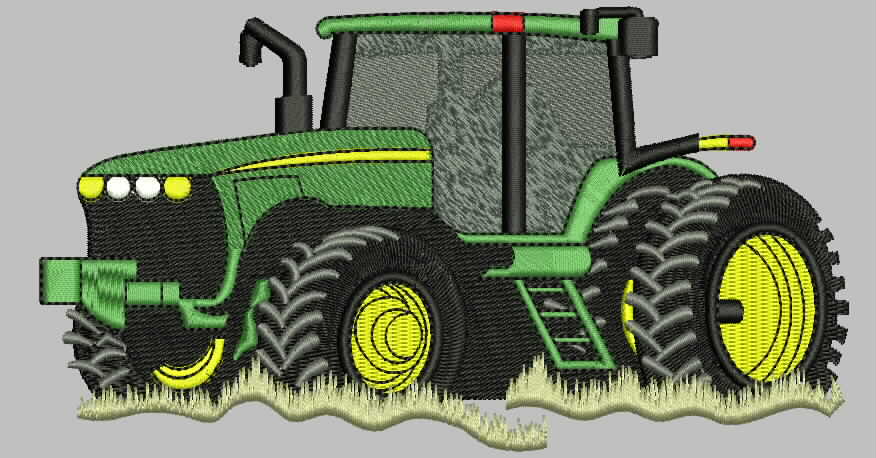
Altering, resizing, and aligning with any design is not a simple job. It’s so challenging to accomplish this task. Digitized files which are already embroidered and digitized have stitches having a different kind of characteristics. All the various parameters which are used for digitizing must be changed when it comes to resizing, altering, and aligning of any design. Aqua digitizing is the leading name in the world of digitizing industries. They have professional and skilled digitizers who easily do this difficult task.
Numerous times, clients require identical designs on various commodities. The related design dimension will not go for the clothes back, covers, and T-shirts. The great news is that if such a position was expected through embroidery digitizing, you don’t require suffering a lot. Unless plans ought to be digitized from mark; something nobody will be very happy to prepare.
By acquiring any formal standards, while digitized embroidery patterns are made, you can bypass the additional work of digitizing each above repeatedly. Being an expert should expect such features, yet if such a question did not make by the client at the beginning point.
Stitch Representations and Measures:
As stated previously, the common possible approach is to digitize in a process so the resizing shifts smooth and fast. If this is not prepared, stitch characteristics must be adjusted. The process begins with the running stitches and further its changes in column stitches. There are several embroideries digitizing software, which allows you to select several different patterns of stitches groups. And with only one click, it converted into that specific stitch which is going to be used. To fit that stitch, you can shrink or expand that stitch easily.
Therefore, rather of selecting long column stitches, you have to select fills. The problem in long column stitches is they produce an additional pulling impression which later repaired with permanent fills. The single interest here is to spend the shine that appears by cloths. The optional needle piercings will enable you to achieve the finish that continues by line forms, and further evades stretching outward of stitches.
Settings of underlay:
Prefer layered underlay from the start and you can withdraw the difficulty of joining underlay repeatedly and performing additional relevant arrangements. In this case, there is no requirement to join the new underlay. It will reduce the stitch number by 30%. There will be nothing to worry about thread tears because there will be no further extraction. For this type of fill, regular training to produce three layers will require. Within every layer, 1/3 of whole stitches are applied. For example, if 16,000 stitches will be practiced as a whole, an individual layer will just hold 5,300 stitches.
The layered framework fill is presently available. The extent of embroidery pattern can instantly be extended or diminished, without raising the awareness to thread splits. Aside from that, framework fill gives a firm area wherever digitized embroidery designs can simply be recorded, without needing the pressure and extract content.
Use of texture:
Expanded designs increase despite the insignificant aspects of your profession. In inclusion to increase the lesser parts, expansion of design begins after, unless covered, clean and open areas. Consequently, some parts ought to continue to maintain the flexibility of the design.
Texture gives an accessible alternative to fill-up that area. In the framework, you can attach an embossed variant of the head-stitched logo. Since just the head fill panel is noticeable, attach the texture to the three and first layered fill.
 315-215-0681
315-215-0681







